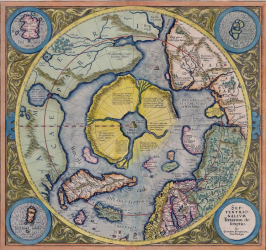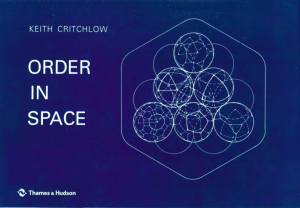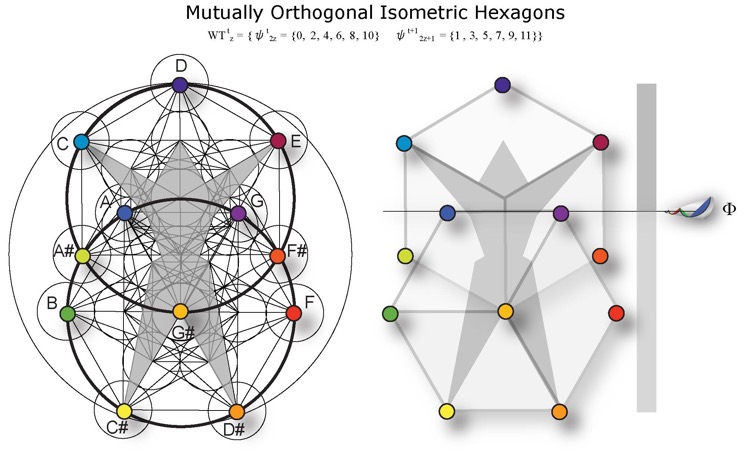https://youtu.be/8Z1juW1Tvi4
Buckminster Fuller – Synergetics
Joe Matto – References
Richard Merrick – Interference Theory
Karen Elkins – Science to Sage Magazine
Hexagonal Water
What is Hexagonal Water?
Hexagonal Water, or structured water, is the most most stable structure of liquid water is a crystalline geometric structure formed by eight water molecules (the Star Tetrahedron or Kepler’s Star).
From a profile view it’s form can be seen to be the shape of a perfect hexagon. This specific geometry produces an effect called ‘molecular coherence’. Molecular coherence amplifies water’s natural abilities to archive and transfer information, similar to quartz crystal used in computers and watches.
Water Memory
Water stores each of the millions of materials, with those it comes into contact, in its net-structure. Water remembers cadmium, lead, mercury, solvent, estrogen, dioxin, plant protection agents, lacquers, weak acid, x-ray contrast liquids, artificial fertilizer, phosphates, bleach, softener etc..
This memory remains existing also despite perfect filter methods. This means that even if your water has been cleansed chemically and mechanically, it is likely still to contain the information left behind.














